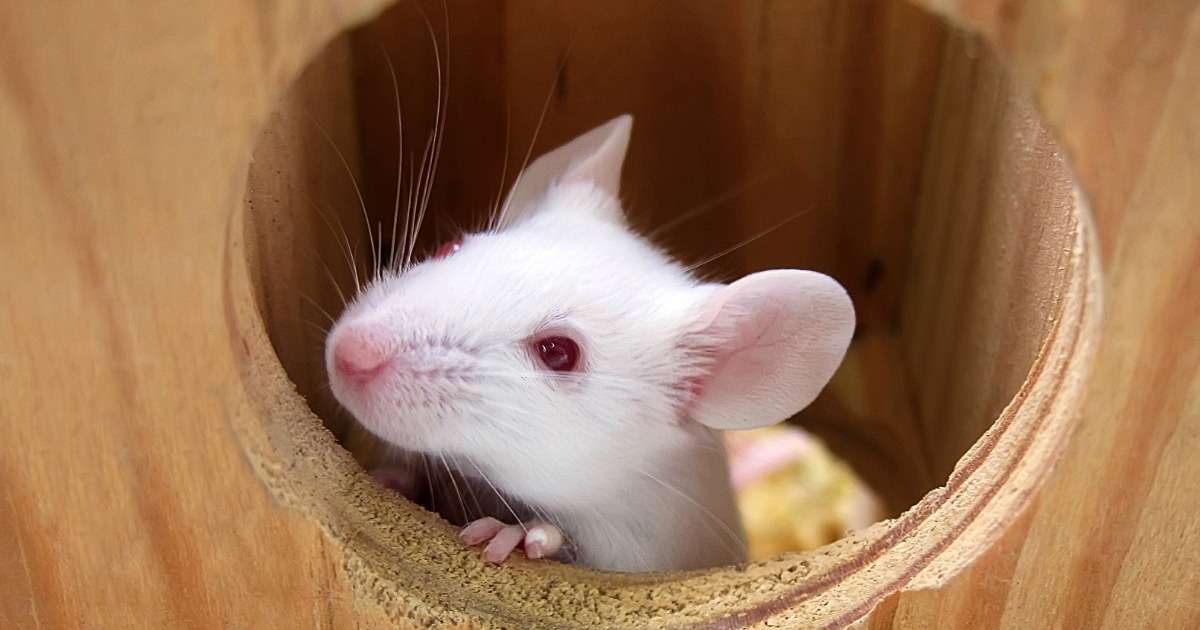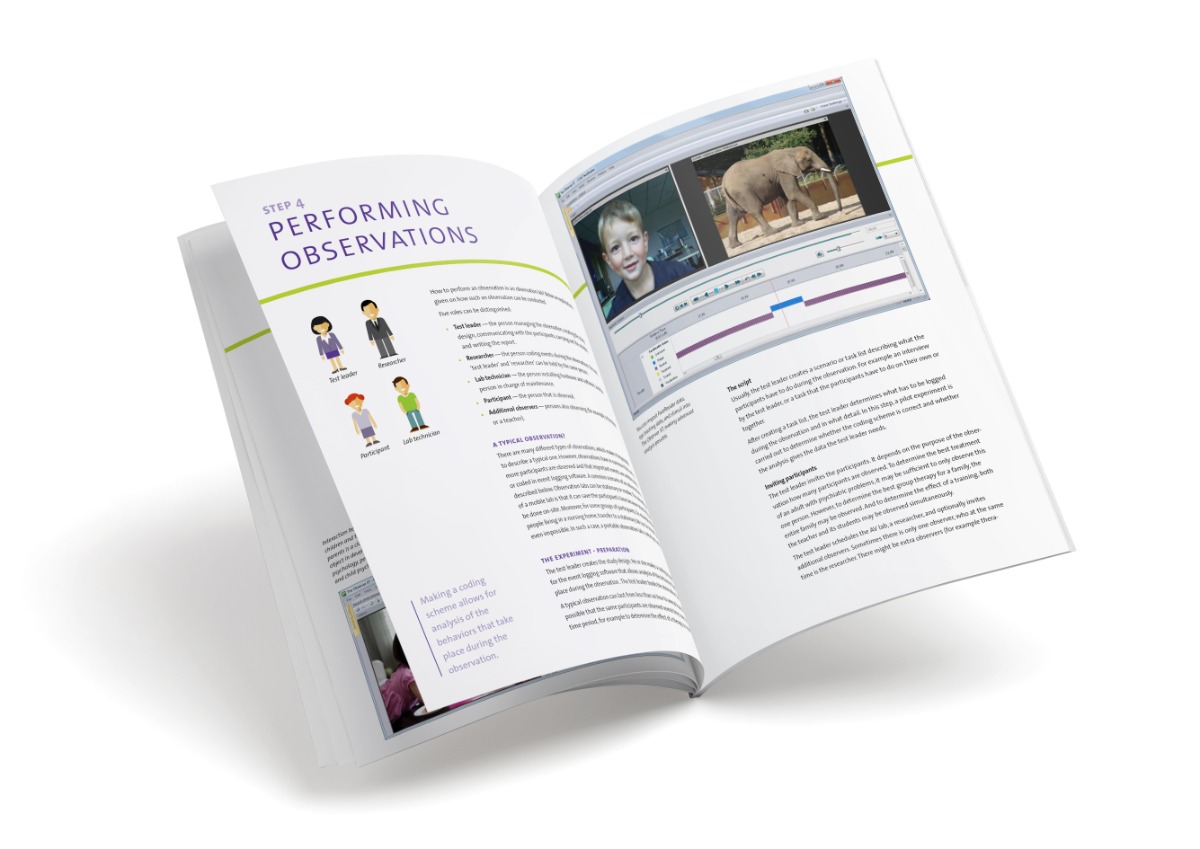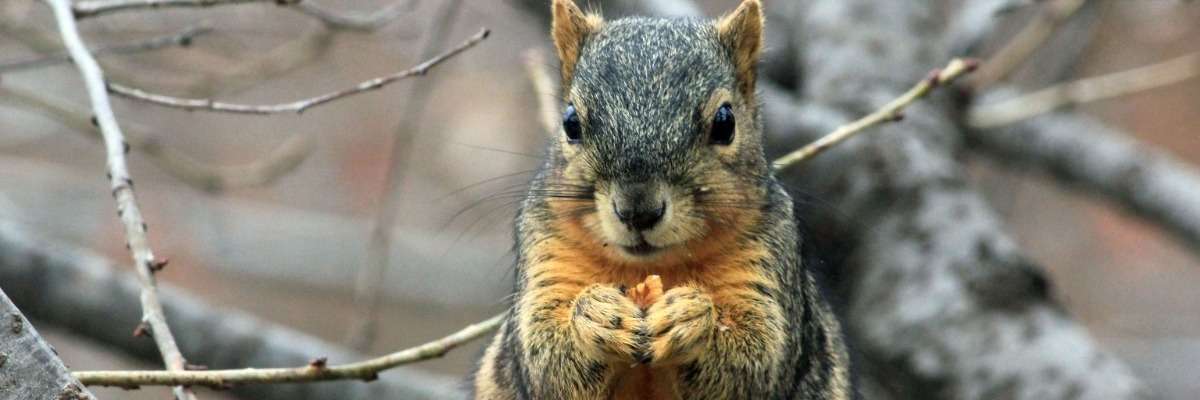
The relationship between food scarcity and caching in fox squirrels
We’ve all seen squirrels carrying acorns around in their mouths and burying them in the ground. This is a way to hoard food, and most squirrels use a strategy called scatter-hoarding. Instead of storing all of their excess food in one spot for easy access later, squirrels spread their food around in so many different caches that it is hard to believe they could find all of the spots again later. However, a squirrel has a choice to make when it comes across a food item – will it cache it and save it for later or will the squirrel eat it right there? Several factors play into this, such as quality, perishability, and scarcity. Mikel Delgado et al. studied how these different factors had an impact on the food-storing decisions of adult fox squirrels.
To cache or not to cache?
An animal which hoards survives by depending on the caches it has made. Therefore, it is important that it be able to determine the quality of the food that it decides to keep in caches before it goes to the trouble of hiding the food item. In this study, peanuts and hazelnuts were used. The researchers argued that the hazelnuts are more valuable due to their larger size and lower perishability. Therefore, the squirrels should take more time and cover greater distances when making hiding the hazelnuts than when hiding the peanuts.
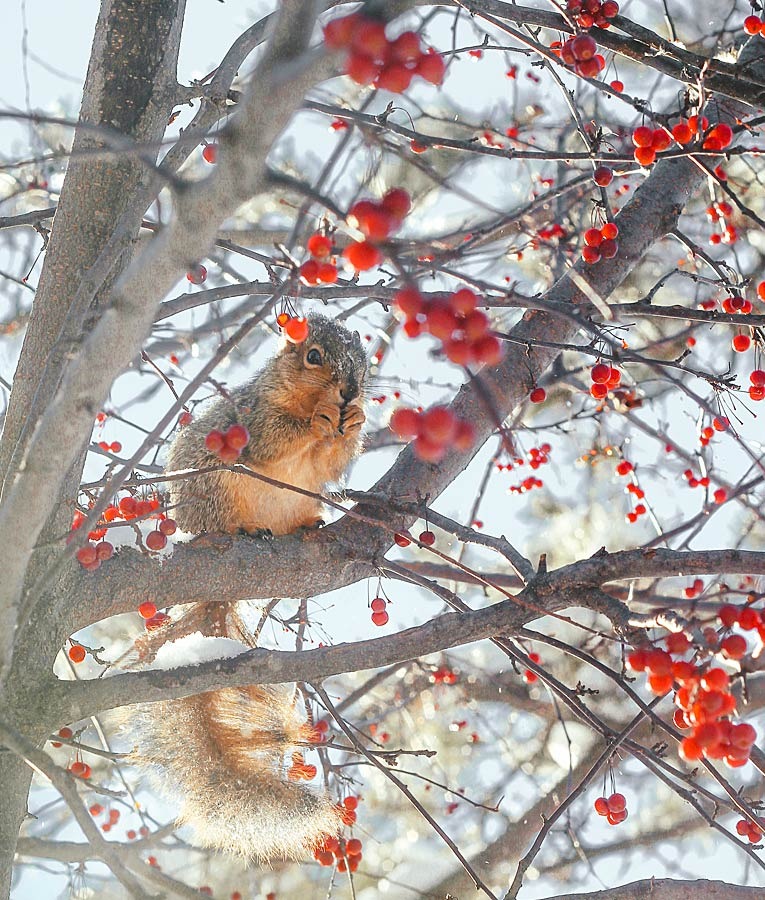
The experiment
Experimenters took video of the squirrels at the University of California at Berkeley campus. All videos were coded using The Observer XT. Researchers gave the squirrels a sequence of fifteen nuts – either five peanuts, five hazelnuts, five peanuts or five hazelnuts, five peanuts, five hazelnuts. They then observed for several behaviors that appeared to be assessments of the nuts that the squirrels were given.
Squirrels will assess the food item by first “paw manipulating” it, then “head flicking.” “Paw manipulating” means when the food item is held loosely in the paws and rotated in the mouth of the squirrel. This was the common assessment behavior, and the squirrel might then go on to “head flick,” which was shaking the head quickly with the food item in its mouth. However, the squirrel did not always “head flick.”
After the assessment behaviors, the squirrel would decide to either eat the nut it had been given or to cache it. In my opinion, if the nut wasn’t very valuable, the squirrel would probably invest less time and energy in it. Delgado et al. tested if fox squirrels changed their assessment and investment in food items based on how scarce it was.
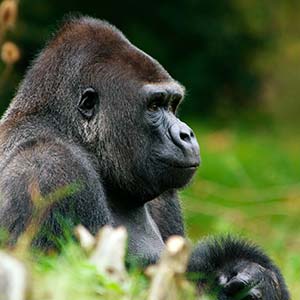
Conclusions
Trials were done over two different seasons (summer and fall), so researchers were able to examine the difference in caching behavior at these time periods. Squirrels were more invested in caching during the summer, when food was scarce, than in the fall. In the shorter term, the more nuts the squirrels received, the less time they invested in caching or assessing the nut. If other squirrels were around, social competition increased and the squirrel would invest more time in making a cache, but show less assessment behaviors, as those could signal to the competition where a food source was.
All of these results indicate that squirrels are able to monitor scarcity based on numerous different factors, and they integrate these factors to determine how much investment they should put into assessing and caching a food item. Future experiments could look into the squirrels’ hoarding habits in other seasons and also how many of the caches the squirrels find again.
Reference
Delgado, M.M.; Nicholas, M.; Petrie, D.J.; Jacobs, L.F. (2014). Fox squirrels match food assessment and cache effort to value and scarcity. PLOS ONE, 9(3), doi:10.1371/journal.pone.0092892.
Get the latest blog posts delivered to your inbox - every 15th of the month
more
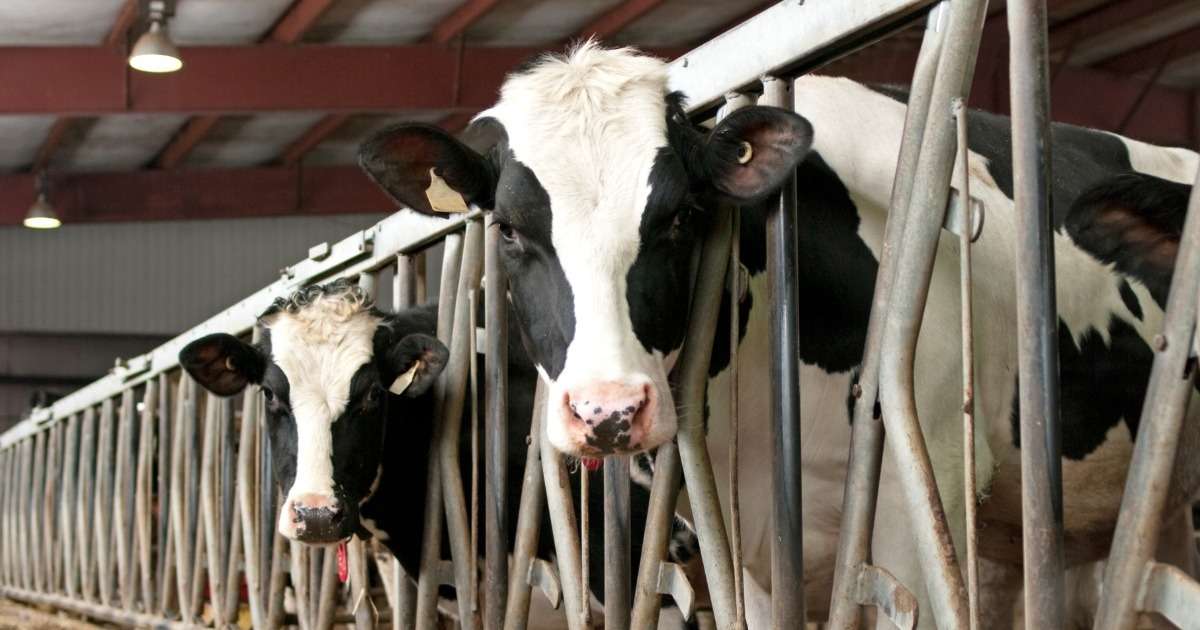
LIFESTART project
The importance of good nutrition for human babies is well known. But what about young animals?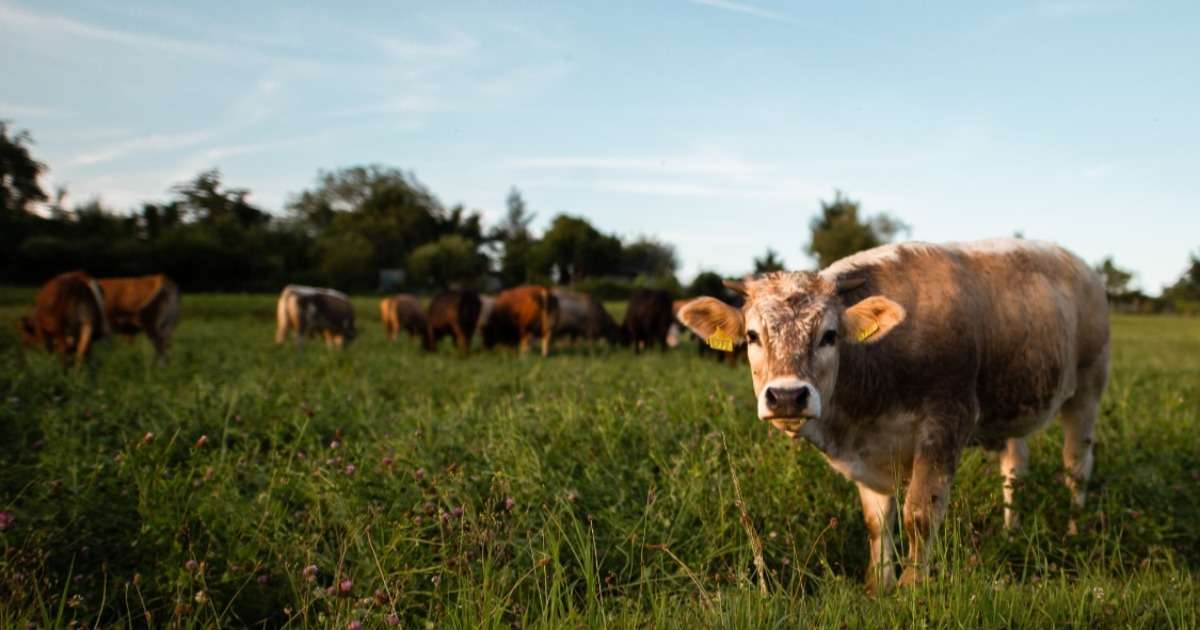
How does heat stress affect the health and welfare of dairy cows?
When environmental temperatures rise, livestock animals, such as dairy cows, are vulnerable to heat stress. Researchers Polsky and von Keyserlingk reviewed how heat stress affects animal productivity, health, and welfare.